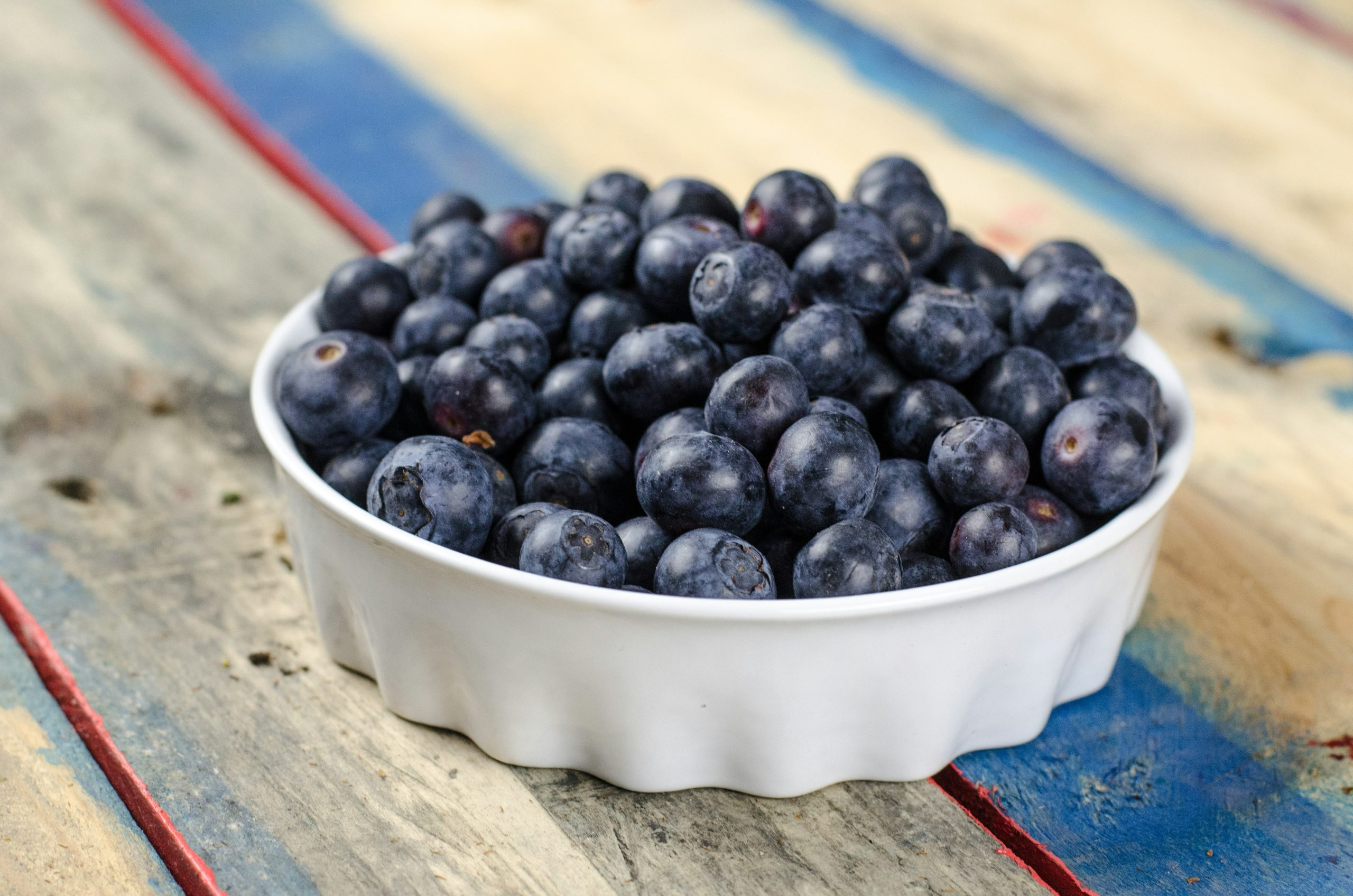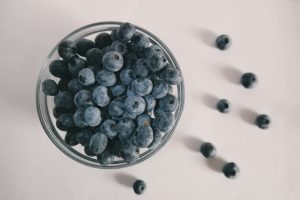The Psychology of Color in Food Presentation and Appetite
The saying “we eat with our eyes” may hold more truth than we think. When we see a delicious dish, our mouth starts to water and our stomach starts to growl. But have you ever thought about how the color of food can impact our appetite and overall dining experience? The psychology of color in food presentation plays a major role in our perception and enjoyment of food. In this article, we will explore the psychological effects of different colors on our appetite and how food presentation can influence our dining experience.
The Impact of Color on Appetite
Colors play a crucial role in our daily lives, as they can affect our moods, emotions, and even our appetite. This is because each color has a unique psychological effect on our brain and can evoke different emotions and feelings. This concept also applies to the colors of food. The color of a dish can influence our perception of its taste and even our willingness to try it.
Red: The Color of Energy and Excitement
The color red is often associated with love, passion, and danger, but in the context of food, it can also stimulate our appetite. This is because red is a high-energy color that can increase our heart rate and make us feel more alert. When it comes to food, red can make us feel excited and eager to try new dishes. This is why many fast-food chains incorporate red in their branding and restaurant design, as it can encourage customers to order more and eat quickly.
Yellow: The Color of Happiness and Warmth
Yellow is often associated with happiness, warmth, and positivity. This is why it is commonly seen in food advertisements and packaging. The color yellow can evoke feelings of joy and comfort, making us more likely to indulge in delicious treats. It is also known to stimulate our appetite and increase saliva production, which can enhance the overall dining experience.
Green: The Color of Health and Freshness
Green is closely associated with nature and is often considered a calming color. When it comes to food, green can represent health, freshness, and vitality. We often associate green with fruits and vegetables, which are known to be nutritious and beneficial for our health. This pleasant connotation can make us more inclined to try green-colored dishes, especially when presented in an appealing manner.
Blue: The Color of Relaxation and Satisfaction
Blue is known to have a calming effect on our minds and bodies. It is often used in the interior design of restaurants to create a relaxing and peaceful atmosphere. This can also translate to our appetite, as blue is believed to suppress hunger and make us feel satisfied with smaller portions. However, this does not mean that blue-colored food is not appetizing. It can still be appealing if presented well and paired with other complementary colors.
The Art of Food Presentation
Aside from the color of food, the way it is presented can also influence our appetite and overall dining experience. The art of food presentation, also known as plating, can make or break a dish. A visually appealing presentation can make us more excited to try the food, while a poorly presented dish can be off-putting and affect our enjoyment.
Balance and Proportion
One of the key elements of food presentation is balance and proportion. A well-plated dish should have a balance of colors, textures, and shapes. This can create a visually appealing and harmonious dish that can stimulate our appetite. Proportion is also important, as it can affect the perceived portion size of a dish. A properly portioned dish can make us feel satisfied and not overwhelmed.
Contrast and Composition
Contrast is another important factor in food presentation. This refers to the use of different colors and textures to create a visually striking dish. The contrast between colors can create a vibrant and eye-catching plate, while the contrast between textures can add depth and complexity to the dish. Composition is also crucial, as it involves the placement of food and other elements on the plate. A well-composed dish can guide our eyes and make us appreciate the different components of the dish.
The Role of Plating in Fine Dining
In fine dining restaurants, food presentation is taken to another level. Each dish is carefully crafted to create a work of art on the plate. This is because plating is not just about making the dish look aesthetically pleasing, but also about enhancing the flavor and overall experience. For example, a dish that is presented in a way that resembles a natural landscape can make us feel like we are taking a journey with every bite.
The psychology of color in food presentation is not just about making food look pretty. It has a significant impact on our appetite and overall dining experience. As consumers, we can use this knowledge to make better food choices and appreciate the effort that goes into creating a visually appealing and appetizing dish. So next time you sit down for a meal, take a moment to appreciate the colors and presentation of your food and see how it affects your appetite.










